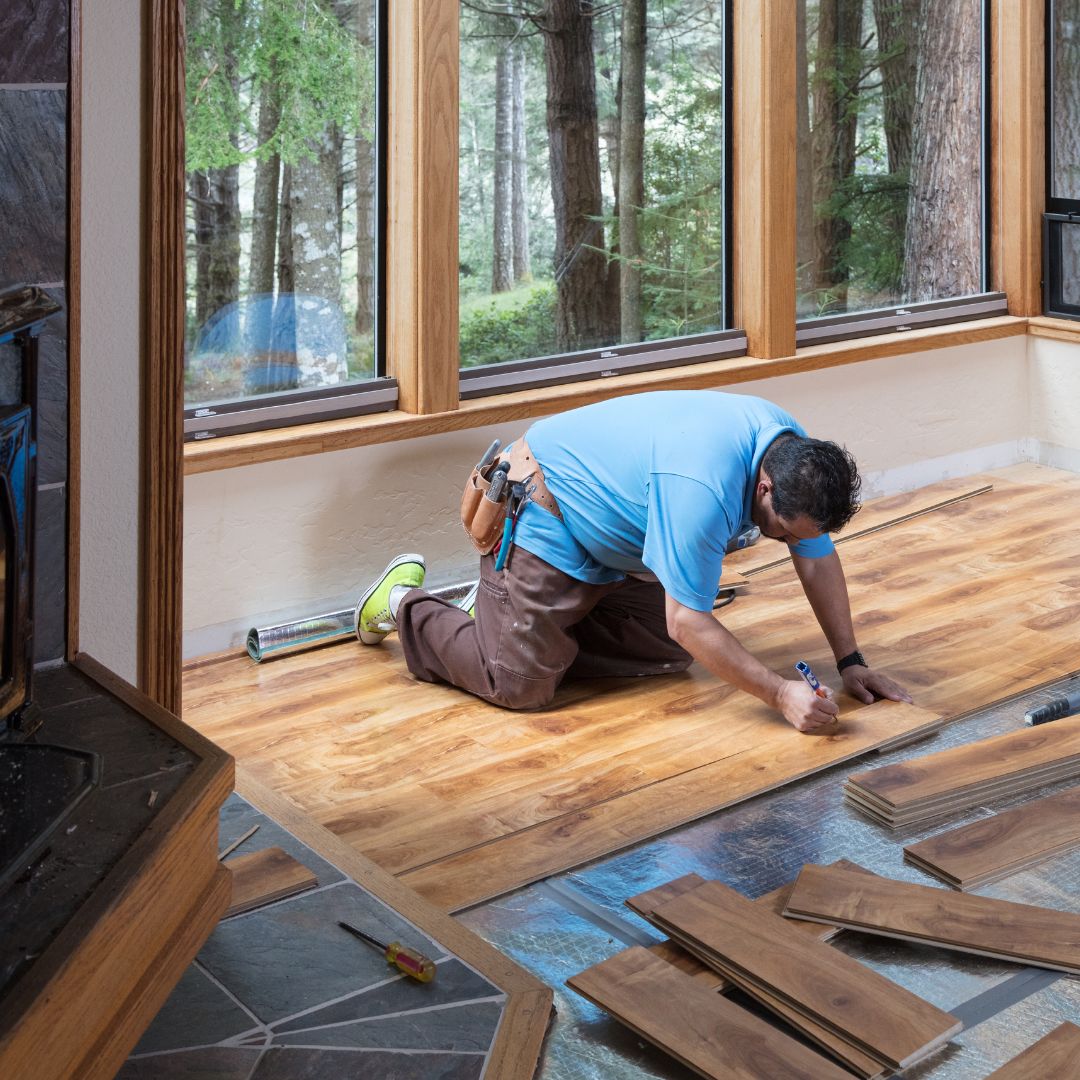
Eco-Friendly Flooring Choices for a Sustainable Home
Bamboo Flooring: Durable and Renewable
Bamboo flooring is one of the most popular eco-friendly options due to its sustainability and durability. Unlike traditional hardwood, bamboo grows rapidly, reaching maturity in just 3-5 years. This makes it an excellent renewable resource.
Bamboo flooring is available in various finishes, offering the look of traditional hardwood while being more resistant to moisture and wear. It is naturally antimicrobial and easy to maintain with regular sweeping and occasional damp mopping. Look for FSC (Forest Stewardship Council) certified bamboo to ensure responsible harvesting and manufacturing practices.
Cork Flooring: Comfortable and Sustainable
Cork flooring is another excellent choice for an environmentally conscious home. Made from the bark of cork oak trees, this material regenerates every few years without harming the tree. It is soft underfoot, making it a comfortable option for kitchens and living spaces.
Cork is naturally resistant to mold, mildew, and pests. It also provides excellent sound insulation and thermal properties, helping to keep your home quieter and more energy-efficient. To maintain cork floors, clean with a damp mop and avoid excessive moisture exposure to prevent damage.
Reclaimed Wood: Giving Old Materials New Life
Reclaimed wood flooring repurposes old timber from barns, factories, and other structures, reducing the need for new tree harvesting. This option offers unique character with its weathered appearance, making it a stylish and sustainable choice.
Reclaimed wood floors can be refinished to enhance their durability and aesthetics. Since the wood has already been exposed to various conditions, it tends to be more stable than freshly milled hardwood. When selecting reclaimed wood, ensure it is properly treated for pests and finished with non-toxic sealants to maintain indoor air quality.
Linoleum: A Natural and Biodegradable Option
Linoleum is often mistaken for vinyl, but it is actually a natural product made from linseed oil, wood flour, cork dust, and natural pigments. Unlike vinyl, linoleum is biodegradable and free from harmful chemicals like PVC.
This flooring choice is highly durable, water-resistant, and available in various colors and patterns. It is also hypoallergenic, making it a great choice for allergy sufferers. Proper maintenance includes regular sweeping and mopping with mild cleaners to preserve its longevity.
Recycled and Recyclable Flooring Materials
For homeowners looking to reduce waste, recycled flooring options such as reclaimed tiles, recycled glass tiles, and rubber flooring made from old tires offer creative and eco-conscious solutions. These materials help divert waste from landfills while providing durable and stylish flooring.
Recycled glass tiles, for instance, add a modern and elegant touch to bathrooms and kitchens. Rubber flooring, often used in gyms or playrooms, offers shock absorption and slip resistance. Choosing materials with recycled content supports sustainability while maintaining a high-quality aesthetic.
Making the Sustainable Choice (flooring)
Selecting eco-friendly flooring not only benefits the environment but also contributes to a healthier indoor space by reducing exposure to toxic chemicals. Whether you choose bamboo, cork, reclaimed wood, or recycled materials, these sustainable options provide durability, beauty, and a lower carbon footprint for your home.
Read more:
Waterproof Flooring: The Best Solutions for Kitchens and Bathrooms
How to Maintain and Clean Your Flooring for Long-Lasting Beauty
